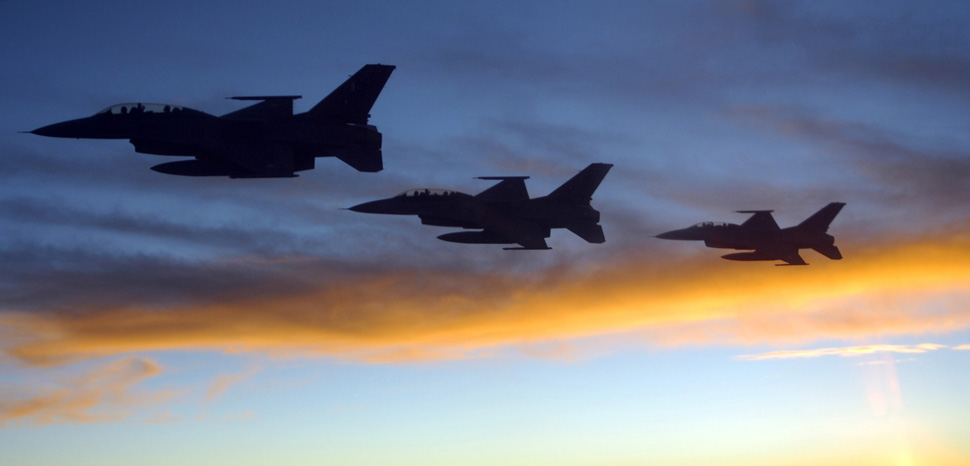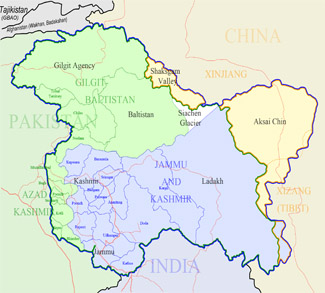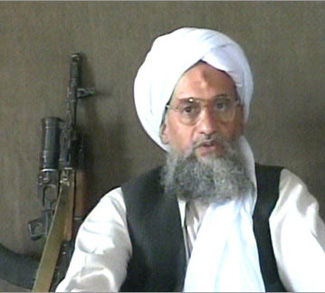Background
Kashmir is a mountainous region that’s claimed in its entirety by both India and Pakistan, with the countries occupying the southern and northern parts respectively. China is also present in Aksai Chin and the Trans-Karakoram Tract – both of these areas are also claimed by India.
The territorial dispute over Kashmir has poisoned bilateral relations between India and Pakistan since partition in 1947. The region has been the subject of three wars, the most recent being the Kargil conflict of 1999.
In order to maintain some level of strategic parity vis-à-vis India’s expanding economic and military strength, the Pakistani security establishment has turned to asymmetric and unconventional warfare strategies. Specifically, Islamabad and the Inter-Services Intelligence (ISI) have nurtured and provided sanctuary to militant and terrorist groups that infiltrate into India-occupied Kashmir and stage attacks on Indian interests there. The insurgency has ebbed and flowed over the years, reaching its peak in the early 1990s before waning after the failed assassination of Pakistan President Pervez Musharraf in 2004 by Kashmiri militants.
Violence has been on the rise once again in recent years. In 2016, Indian security forces killed a 22-year-old separatist militant named Burhan Muzaffar Wani, unleashing a new wave of independence protests. In the year that followed, some 300 civilians, militants, and paramilitaries were killed in frequent clashes, some of which involved violent crackdowns by Indian security forces. By mid-2018, the region was in near lockdown, with worker strikes and curfews stifling economic activity, further alienating the local population from the Indian state.




